“THE NEXT COLTRANE"
by D.D. Jackson
[originally published in DownBeat magazine, Jan./04]
As I sit here at my computer trying out one of the many new “legal” online music services, downloading and streaming any and all music I could possibly desire for a small monthly sum, I am reminded of just how much of an instant-access age in which we currently live. An article I recently read stated that 90 percent of today’s youth have computers and the majority access to the internet. So how will this increasing exposure to technology affect the future of jazz?
Certainly, there was a time when jazz’s direction was more easily mapped. One of the recurring arguments that jazz is dead, in fact, has been the notion that there is no clear-cut next John Coltrane figure to lead the masses to the next “big thing.” But we now live in a vastly different world. Back in Coltrane’s time, there certainly was a more inevitable sense of lineage from one stylistic jazz era to the next. Today, in contrast, we have the technological means to branch into all manner of directions simultaneously, limited only by the power of our own imagination and curiosity. Interested in punk-rock-opera? Click your mouse. Want to study obscure Punjabi folk songs? It’s easy to find. With so much musical power at our fingertips, the implications for the future of the music are numerous and fascinating.
Even since my student days, things have changed radically. As an undergraduate classical piano major, I often felt so pressured by the prevailing conservative mood that it felt risky just to be discovered listening to jazz by my peers. In the music listening library, I would nervously glance right and left before daring to spin such “subversive” albums as Miles Davis’ Bitches Brew. Later, when I first hit Manhattan to pursue my Master’s in jazz, I encountered a classical rigidity of a different sort. It was the height of the “Young Lion” movement in jazz, and a neo-conservative form of jazz expression centered around bebop became au courant, so much so that playing or writing outside of this particular box was a sure-fire way of being severely relegated to the sidelines.
Thankfully, it is now a different, more carefree age. As global musical communication has exponentially increased through technology, and as the focus on neo-classicism in jazz has lessened, so too has the music changed to reflect this loosening of the reins. Pat Metheny once said that he considered jazz not so much a noun as a process, as a verb, a form that “demands that you bring to it things that are valuable to you, that are personal to you.” Never have more people the world over given us such a varied degree of personal spins on the music, from unlikely combinations of the tradition with eclectic other forms, to the rise of a new wave of home-grown, European jazz stars reflecting their native cultures, to the influence of electronics and samples.
And what of the next Coltrane? In a way, artists ranging from Metheny to the genre-defying classical cellist Yo-Yo Ma have demonstrated for years what this instant-access world is now finally making clear to the rest of us: The next Coltrane isn’t a specific individual at all, but rather a paradigm for a new, faster-paced era. It’s an age in which any and all musical sources of inspiration are available to us, anywhere, anytime, to be used as raw tools for fresh flights of fancy and new forms of expression that even Trane could never have imagined.
